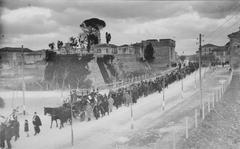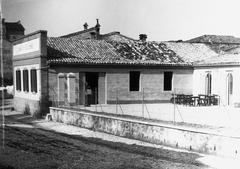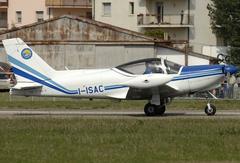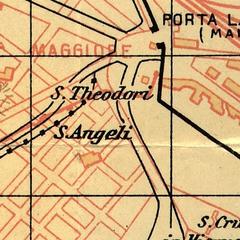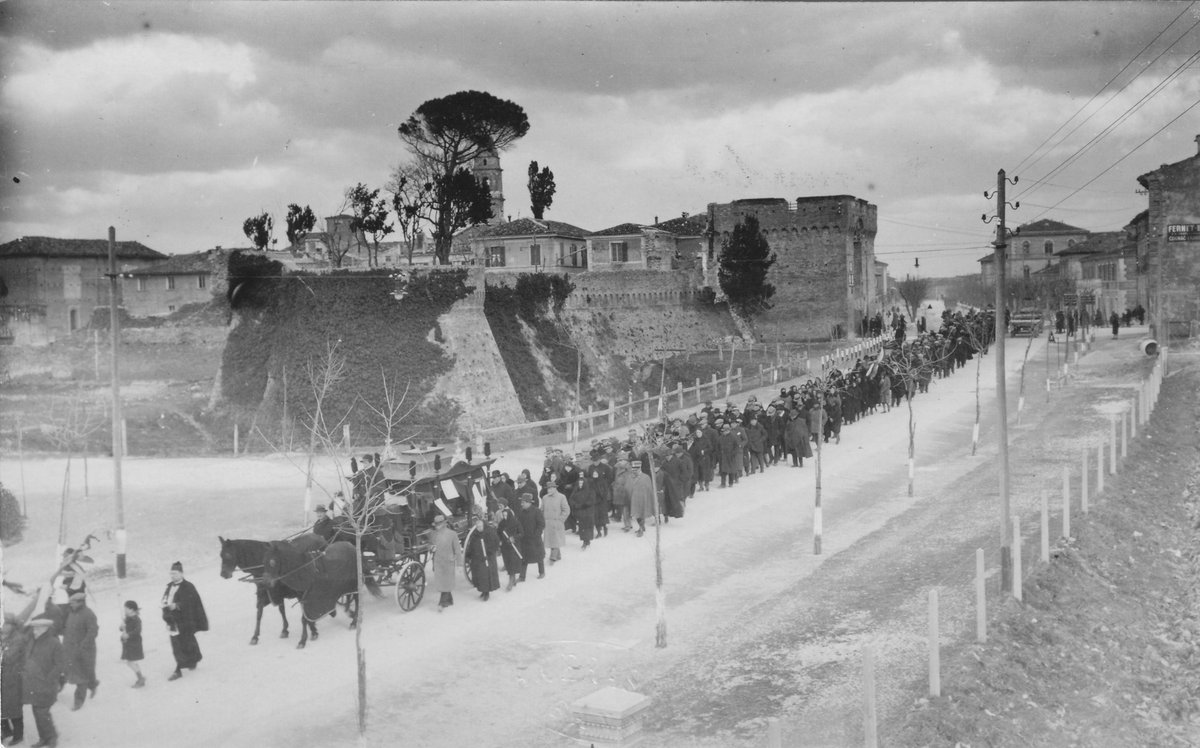
Bastione del Nuti Visiting Hours, Tickets, and Travel Guide – Fano, Italy
Date: 14/06/2025
Introduction
The Bastione del Nuti is a remarkable example of Renaissance military architecture, located in Fano, a city rich with history in Italy’s Marche region. Its story is interwoven with Fano’s evolution from Roman outpost to medieval stronghold and Renaissance city. Today, Bastione del Nuti stands as a vital cultural and historical landmark, offering panoramic views, engaging exhibitions, and a unique lens into the city’s past (iluoghidelsilenzio.it, visitfano.info).
This comprehensive guide details the bastion’s history, architecture, visitor information, accessibility, nearby attractions, and practical travel tips. Whether you are a history enthusiast, a family traveler, or simply curious, use this resource to plan your visit and make the most of your time in Fano.
Table of Contents
- Historical Context and Significance
- Visiting Bastione del Nuti
- Current State, Restoration, and Community Engagement
- Layout and Visitor Experience
- Practical Tips for Visitors
- Integration with Fano’s Historic Sites
- Cultural Events and Educational Activities
- Visitor Services
- Frequently Asked Questions (FAQ)
- Map and Virtual Tour
- References
Historical Context and Significance
Roman and Medieval Foundations
Fano’s strategic significance dates back to Roman times. The initial fortifications, including the iconic Porta d’Augusto, were constructed under Emperor Augustus in 9 CE, forming a defensive system that shaped the city for centuries (iluoghidelsilenzio.it). During the Middle Ages, the city’s defenses expanded, with major gates like Porta Maggiore providing vital control over the Via Flaminia (visitfano.info).
Malatesta Era and Urban Transformation
From 1355 to 1463, the Malatesta family directed a period of intense urban renewal, reinforcing city walls, constructing new fortifications, and commissioning works like the Rocca Malatestiana. Architect Matteo Nuti, under the patronage of Sigismondo Pandolfo Malatesta, played a pivotal role in this transformation (visitfano.info).
The Siege of 1463 and Matteo Nuti’s Innovations
The devastating siege by Federico da Montefeltro in 1463 prompted the commissioning of Matteo Nuti to rebuild the city’s fortifications. Nuti designed the Bastione del Nuti with a diamond-shaped plan and sloped walls to deflect artillery fire. This innovation marked a significant advancement in Renaissance military architecture (nutifano.edu.it, lavalledelmetauro.it).
Architectural Features and Strategic Role
The bastion’s robust masonry, thick sloped walls (“muri a scarpa”), and artillery platforms were built to withstand gunpowder warfare. Its design allowed defenders to cover the southeastern approaches and control the critical Via Flaminia (mondimedievali.it).
Preservation and Recent Developments
Despite the loss of some Malatesta walls in the 20th century, Bastione del Nuti remains largely intact. Recent archaeological discoveries, including underground chambers, have further enriched its narrative, while restoration efforts continue to enhance its accessibility and visitor experience (corriereadriatico.it).
Visiting Bastione del Nuti
Opening Hours & Ticket Information
- General Hours: Open Tuesday to Sunday, 9:00 AM – 6:00 PM (closed Mondays). Hours may vary seasonally—always confirm via the official tourism portal.
- Admission: Exterior gardens and terraces are free. Interior and underground chamber access may require a ticket (typically €5 general / €3 reduced; children under 12 free).
- Tickets: Purchase onsite or online at visitfano.info.
Accessibility
- Wheelchair access is available to key areas; some historic sections may be challenging due to steps or uneven surfaces.
- Public restrooms, shaded seating, and benches are available in the adjacent gardens.
Guided Tours & Events
- Guided tours are offered on weekends and by appointment. These provide deeper insights into the architecture and history.
- The site hosts art exhibitions, open-air concerts, and community events throughout the year (visitfano.info).
Directions and Nearby Attractions
- The bastion is within walking distance from Fano’s city center and train station.
- Public parking and bike rentals are available nearby.
- Combine your visit with:
- Porta d’Augusto (Roman gateway)
- Rocca Malatestiana (fortress)
- Arco di Augusto (ancient triumphal arch)
- Giardini del Pincio (gardens)
- Fano’s beaches and marina (summerinitaly.com)
Current State, Restoration, and Community Engagement
The Bastione del Nuti is a living monument, seamlessly blending historical architecture with modern urban life. The surrounding Giardini del Pincio, redeveloped in the 1930s, provide a tranquil public space enhanced by a bronze replica of Caesar Augustus (mondimedievali.it).
Recent restoration projects have focused on improving accessibility, cleaning the terrace, and integrating modern design elements such as glass panels for viewing subterranean chambers. These efforts are supported by local heritage organizations and strong community involvement (corriereadriatico.it, ilmetauro.it).
Layout and Visitor Experience
The bastion is divided into upper and lower levels:
- Upper terrace: Former artillery platform, now a panoramic viewpoint over Fano and the Adriatic Sea.
- Lower sections: Divided into seaside and landward porticoes; originally defensive, now atmospheric spaces for exploration (lavalledelmetauro.it).
Interpretive panels (usually in Italian, sometimes English) provide historical context. The structure’s integration with the Roman walls and proximity to other landmarks makes it a highlight for walking tours (prolocofano.it).
Practical Tips for Visitors
- Best time to visit: Spring and early autumn for mild weather and fewer crowds.
- Photography: Excellent light during early morning or late afternoon. The Augustus statue, ancient masonry, and gardens make for striking images.
- Comfort: Wear sturdy shoes and bring sun protection; some areas are exposed.
- Language: Basic Italian phrases can enhance your experience, though English is spoken in many tourist areas.
- Respect: Please avoid climbing on walls or disturbing the gardens.
(theworldpursuit.com, wildtrips.net)
Integration with Fano’s Historic Sites
Bastione del Nuti is ideally situated for inclusion in a historical walking tour of Fano. Nearby highlights include:
- Porta Maggiore: Main city gate, also rebuilt by Matteo Nuti (triplyzer.com).
- Rocca Malatestiana: Imposing fortress with towers and underground passages (amarche.it).
- Giardini del Pincio: Landscaped public gardens adjacent to the bastion.
- Fano’s beaches and marina: Combine history with seaside leisure.
Cultural Events and Educational Activities
Throughout the year, Bastione del Nuti becomes a vibrant venue for:
- Art exhibitions
- Open-air concerts
- Historical reenactments
- Educational workshops
These events provide opportunities to engage with local culture and traditions (lavalledelmetauro.it, archilei.it).
Visitor Services
- Information: Available at the Casa Archilei Environmental Education Center and Fano’s tourist office.
- Facilities: Restrooms and refreshments can be found nearby, with many local cafés and restaurants offering traditional Marche cuisine.
Frequently Asked Questions (FAQ)
Q: What are the Bastione del Nuti visiting hours?
A: Generally open Tuesday–Sunday, 9:00 AM–6:00 PM (closed Monday). Hours may vary; confirm on visitfano.info.
Q: Is there an admission fee?
A: Gardens and terraces are free; tickets may be required for interior or underground chamber access.
Q: Is the site accessible for people with mobility issues?
A: Upper terrace and gardens are mostly accessible; some areas may have steps or uneven ground.
Q: Are guided tours available?
A: Yes, on weekends and by appointment. Tours often include other historic sites in Fano.
Q: Can children visit?
A: Yes. Children under 12 typically enjoy free admission.
Map and Virtual Tour
Explore the Bastione del Nuti’s location here: Google Maps - Bastione del Nuti. A virtual tour is not yet available; check visitfano.info for updates as restoration progresses.
Summary & Recommendations
Bastione del Nuti is a living testament to Fano’s layered history and architectural ingenuity, seamlessly blending Roman roots, medieval defenses, and Renaissance advancements. Its panoramic views, accessible gardens, and vibrant cultural life make it an essential stop for any visitor to Fano. For current visiting hours, ticketing info, and event schedules, consult visitfano.info.
To deepen your experience, download the Audiala app for guided tours and follow official channels for timely updates and insider tips.
References
- Bastione del Nuti – iluoghidelsilenzio.it
- La Fano Medioevale – visitfano.info
- La Storia di Matteo Nuti – nutifano.edu.it
- Current State and Accessibility – lavalledelmetauro.it
- Fano Cinta Muraria e Bastione di Matteo Nuti – mondimedievali.it
- Restoration and Archaeological Discoveries – corriereadriatico.it
- Itinerario Medievale Malatestiano – prolocofano.it
- Fano Guide and Travel Tips – summerinitaly.com
- Casa Archilei Education Center – archilei.it
- Fano Historical Sites – ilmetauro.it
